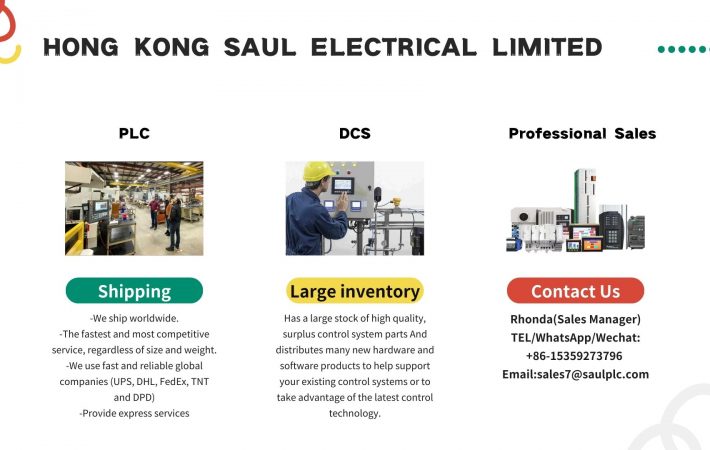A New Power Era Emerging: Why Energy Efficiency Defines the Future of Technology
As global infrastructure accelerates toward AI-driven computation, large-scale electrification, and high-voltage mobility, one fundamental bottleneck is becoming impossible to ignore: energy. Massive AI clusters now draw more power than mid-sized cities, EV platforms require higher-density traction inverters, and renewable power systems demand faster, lighter, and more efficient power conversion.
In this context, power electronics is no longer a background component—it is becoming the deciding factor in system performance, cost, and sustainability.
It is against this backdrop that onsemi has introduced a technology many in the power semiconductor industry have called the beginning of the post-silicon era for high-voltage systems: Vertical GaN (vGaN) power semiconductors, based on true GaN-on-GaN structures—not silicon substrates, not sapphire, but native gallium nitride.
What Makes Vertical GaN Different?
Most commercial GaN power devices today are based on lateral GaN structures, where current flows across the surface of the semiconductor. This design works well for low-to-medium-voltage fast chargers, consumer devices and 650V-class power modules, but it reaches fundamental physical limitations at high current and high voltage.
onsemi’s vGaN devices flip that paradigm by enabling vertical current flow through the device, using gallium nitride as both the active layer and the substrate.
This architecture enables:
1.Higher voltage operation (700V, 1200V and beyond)
2.Higher current density in a smaller footprint
3.Faster switching frequency without thermal instability
4.Lower conduction and switching losses (up to 50% reduction)
5. Support for ultra-compact magnetics and capacitors
Put simply: vGaN is not an improved GaN-on-silicon device. It is a different semiconductor class.
A Fully Patented Platform — Not Just a Product Release
onsemi has confirmed that its vGaN technology stack includes 130+ issued and pending patents, covering:
1.Epitaxy and materials engineering
2.Device architecture and breakdown control
3.Wafer-level manufacturing and packaging
4.System-level application optimization
Unlike many GaN vendors outsourcing fabrication, onsemi’s devices are designed, manufactured and packaged in the company’s Syracuse, New York facility, giving them full in-house control of yield, scale, and reliability certification.
Early engineering samples of 700V and 1200V parts are already in customer hands, including Tier-1 EV and cloud data center customers.
Why the Timing Matters: AI + Electrification Are Colliding
For the first time in technology history, data and transportation are both converting into high-power electrical systems at the same time:
| Sector | Power Trend | Limitation Exposed |
|---|---|---|
| AI Data Centers | GPU clusters now 10–100 MW per facility | Power conversion density and heat |
| Electric Vehicles | 800V drivetrains becoming mainstream | Silicon IGBT losses & weight |
| Fast Charging | 350kW+ charging stations scaling globally | Thermal + size challenges |
| Renewable Energy | Solar / wind inverters exceeding 1500V | Efficiency vs. lifetime limits |
| Energy Storage | Bidirectional high-voltage converters | Cost per kWh + reliability |
| Aerospace & Defense | Extreme performance in minimal weight | Radiation and temperature limits |
In every case, the need is identical:
📌 More power in less space, with less heat and less loss.
This is the exact design space where Silicon IGBT, superjunction MOSFETs, and lateral GaN begin to fail—but where vertical GaN remains stable, efficient and scalable.
The Key Technical Advantages of GaN-on-GaN
To illustrate the magnitude of the shift, consider the following performance comparison:
| Parameter | Lateral GaN (GaN-on-Si) | Vertical GaN (GaN-on-GaN) |
|---|---|---|
| Max voltage rating | ~650V | 1200V+ scalable |
| Current path | Surface lateral | Vertical through substrate |
| Thermal conductivity | Limited by silicon | Native GaN high conductivity |
| Switching frequency | High, but heat-limited | Extremely high, heat-stable |
| Device size | Medium | Up to 3× smaller |
| Reliability under surge | Moderate | Very high |
| Target markets | Consumer, chargers | EV, AI, grid, aerospace |
What silicon carbide (SiC) did for EV traction systems, vertical GaN may do for high-voltage power conversion across cloud, mobility, and energy infrastructure—but with even faster switching, smaller passives, and lower system cost once scaled.
Real-World Application Impact
1.AI Data Centers
- Enables high-density 800V → 48V DC-DC modules
- Reduces magnetics size by up to 50%
- Lowers rack-level OPEX via efficiency gains
2.Electric Vehicles
- Shrinks inverter size and weight
- Improves vehicle range through loss reduction
- Enables next-gen 1000V+ platforms beyond Si IGBT
3.Fast Charging Infrastructure
- Increases power capability per charger cabinet
- Cuts cooling requirements and installation cost
- Supports compact wall-mounted DC chargers
4.Renewable & Storage Systems
- Higher voltage capability = fewer stages, lower cost
- Strong thermal stability for desert / offshore sites
5.Aerospace and Defense
- Radiation-resistant, high-temperature capable
- Enables ultra-light power modules for satellites, drones, avionics
A Strategic Shift in the Power Semiconductor Landscape
For the last decade, power device evolution followed this path:
Silicon → Superjunction MOSFET → GaN (lateral) / SiC
Vertical GaN introduces a fourth phase, one that overlaps silicon carbide but exceeds lateral GaN and superjunction silicon in key metrics. The competitive landscape is now dividing into three tiers:
| Segment | Example Players | Technology Path |
|---|---|---|
| Low/Medium Voltage | Navitas, Power Integrations | GaN-on-silicon |
| High Voltage Wide Bandgap | Wolfspeed, Rohm, Infineon | Silicon Carbide |
| Ultra-High Density, High-Voltage | onsemi | Vertical GaN-on-GaN |
onsemi’s announcement signals that the race for >1kV, high-frequency power dominance has begun, and the company intends not just to participate—but lead.
Industry Outlook: GaN Is Scaling into the Terawatt Era
Analysts estimate that data centers alone will require over 500 TWh of annual electricity by 2030, and EV infrastructure will exceed 200 million kW of installed conversion power.
Power semiconductors are no longer secondary components—they are the new core infrastructure of the electrical world.
Vertical GaN may not replace SiC or silicon entirely, but it reshapes the design rules for the highest-growth markets:
1.Power density matters more than transistor cost
2.System efficiency now drives long-term TCO
3.Component size directly impacts deployment scale
4.Heat is now a profit-limiting variable
The companies winning the next decade will not be those with the cheapest silicon, but those enabling the most watts per cubic centimeter, per dollar, per degree Celsius.
Final Perspective
onsemi’s vGaN platform is not just a device release—it is a declaration that high-voltage GaN has arrived as a commercial reality, not a research paper.
Just as SiC enabled the EV transformation, vertical GaN is poised to do the same for AI power and high-density electrification.
The semiconductor industry is entering an era where the question is no longer:
“How do we improve power efficiency by 2%?”
but rather:
“How do we redesign entire systems around a device that cuts losses in half, doubles switching speed and shrinks the hardware footprint?”
That is the scale of change represented by vGaN.






Leave a comment
Your email address will not be published. Required fields are marked *